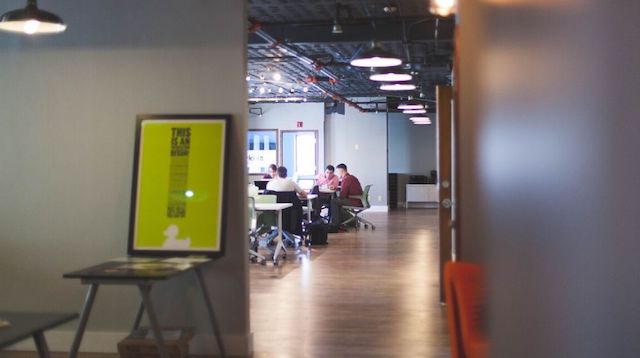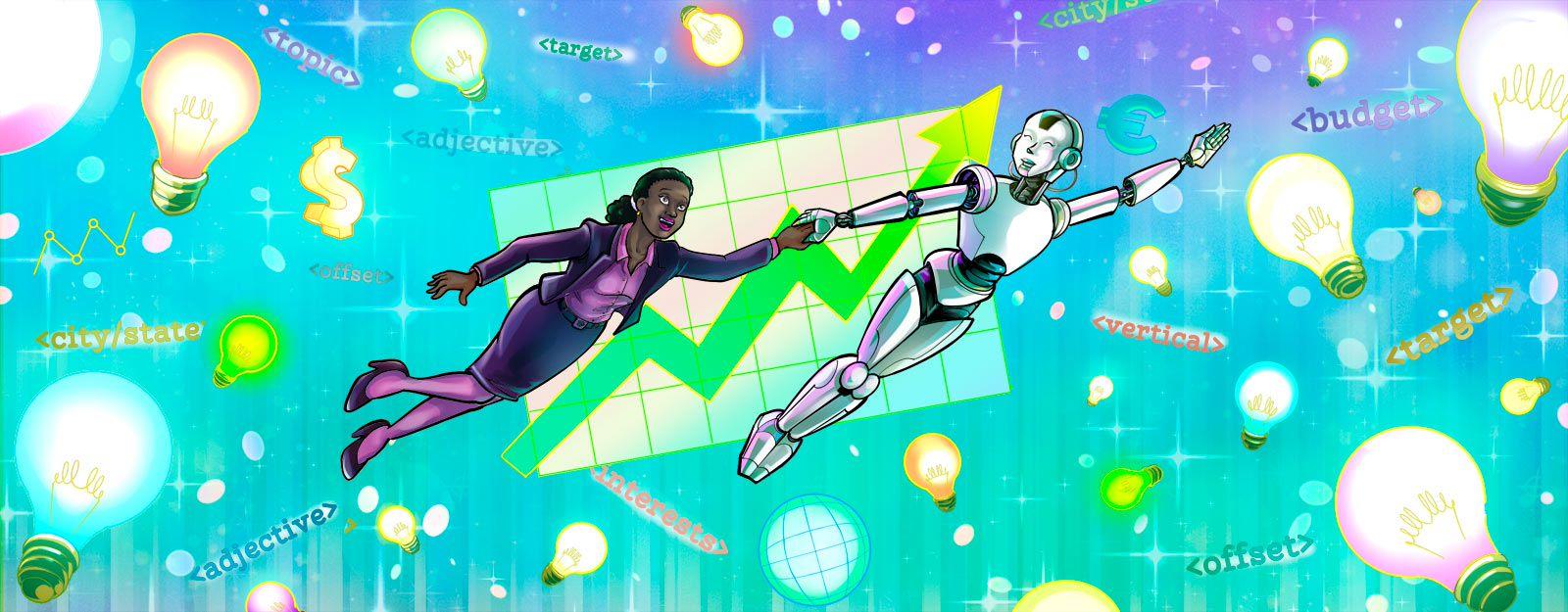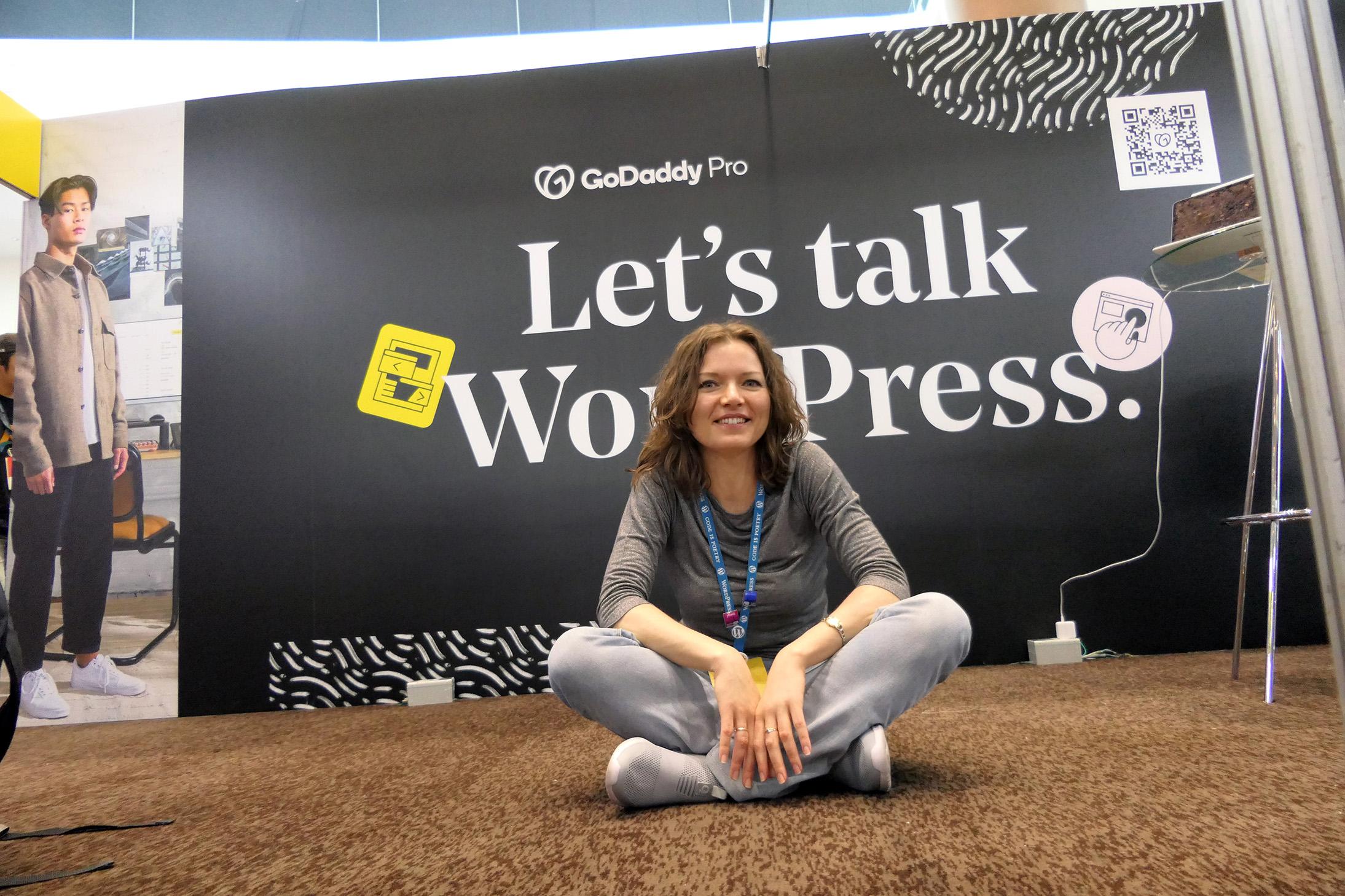The workforce is getting younger in India, where more than half of the population is below the age of 25. India just moved up 14 places in the World Bank’s Ease of Doing Business 2020 Report, prompting more SME companies to set up operations in India. It is common for these new businesses to hire freshers and millennials. But young employees keep changing jobs and it has become a challenge to keep talented workers. Organizations are responding by offering various employee benefits.
Editor’s note: Put your business online in less than 5 minutes with Online Starter Bundle.
6 benefits that keep young employees loyal
No longer is the average employee happy to spend long hours climbing the corporate ladder. Freshers and millennials want more from their jobs:
- Training and development.
- Positive work environment.
- Reward and recognition.
- Active engagement.
- Job flexibility.
- Good compensation.
Before we list the characteristics young workers value most in an employer, let us discuss how this new generation differs.
The challenge: a restless workforce
Millennials, those born between 1980 and 2000, grew up in a digital environment and are incredibly tech-savvy. They are:
- Highly connected and communicate via instant messaging apps and social media channels
- Well-informed and well-networked among their peers
- Highly ambitious and aspire for rapid career growth
Tanu Gulati, Assistant Vice President (Human Resources) at a company in Gurgaon, India, says it has become a challenge for companies to motivate and retain young workers. “Millennials are hardworking, but they lack brand loyalty. It takes a lot more than attractive salary packages, incentives and perks to retain millennials. Organizations have got to tailor employee benefits to appeal to young workers,” says Gulati.
Here are some typical characteristics of the young workforce:
- Highly ambitious and self-motivated
- Seek rapid career progression
- Need mentorship
- Yearn to explore and innovate
- Crave for appreciation and recognition
- Love to work in groups
- Want the best technology and tools to perform their tasks
- Love to travel, especially to global destinations
- Prefer flexi-work timings
- Have no brand loyalty
- Do not value job security
HR departments and personnel struggle to keep employees happy. Hence, it has become a challenge to retain young employees.
Young employees change jobs every two years. It is even common to see them changing jobs every six months.
Organizations of all sizes acknowledge that this is indeed a challenge, and have introduced new policies and employee benefits to retain their workforce.
Benefits that keep employees loyal
Here are some ways in which employers can keep young workers loyal and retain them longer.
1. Training and development

Young employees are hungry for knowledge. It is considered as necessary as a good salary. If employees had to choose between two identical jobs offering the same benefits, they would choose the one that provided better career development and more significant challenges.
Read this post for a review of 5 employee training methods.
2. Positive work environment
Job satisfaction begins with a positive work environment.
Take care of the employee’s needs to keep them motivated.
Some companies offer free meals or subsidized gymnasium fees. Others assist in providing accommodation for those who have come from another city. Many provide health insurance cover for employees and their families, too.
There’s one more thing that makes a work environment positive: permission to leave work behind at the end of the day. Millennial workers (and all workers for that matter) value work-life balance. They want to leave work on time so they can have a life outside of work.
3. Reward and recognition
Personal recognition is powerful in motivating employees. A pat on the back or a personal note of appreciation from a peer or a supervisor does wonders.
4. Active engagement
Millennials are not like previous generations, who expected to “pay their dues.” When they walk into a meeting on their first day, they expect to have their ideas heard and valued. They want to contribute to the company and make a positive impact from Day One. They want their ideas to be accepted and implemented.
Employee engagement is vital to young employees. Millennials, in particular, are hungry for:
- Feedback
- Performance assessment
- Professional development opportunities
Young workers are eager to learn and grow in their careers and are subsequently more likely to become bored and leave an organization if they’re not feeling fulfilled.
Young employees are more committed and engaged when there is a process for them to contribute their ideas and employee suggestions. This includes inviting them to help set the goals on which they’ll be reviewed at year end.
5. Job flexibility
Millennials want flexibility. They want to work from home or the coffee shop on days they don’t have meetings.

Young workers want to choose a schedule that suits their lifestyle.
Business owners need to keep an open mind here — if one can be more productive working from a café, then why not allow it? Companies that don’t offer that flexibility risk losing major talent.
Another talent retention strategy is creating mobility within the organization. Allow employees to shift roles. Job mobility mitigates job fatigue and boredom.
Just be sure to provide the necessary skilling and preparation for new roles before moving employees.
6. Good compensation
If you are willing to pay more money for new hires off the street but won’t reward your top performers with more money or advancement opportunities when they ask for it, then you risk losing your high-performing talent.
The PRIDE model
Businesses can improve employee retention by following the five-step PRIDE model:
P - Provide a positive working environment
R - Recognize, reinforce and reward individual efforts
I - Involve and engage everyone
D - Develop the potential of your workforce
E - Evaluate and hold managers accountable
Continuous evaluation and improvement is the final step of the PRIDE sequence. The primary purpose of evaluation is to measure progress and determine what needs improving, then making adjustments.
Use employee benefits to keep young workers
Engage closely with your employees and understand their needs and aspirations. Provide an environment that is conducive for growth and career progression. Never forget to recognize and reward top performers.
Appreciating and encouraging your employees for the good that they do can bring out the best in them. Be flexible to their needs. These are some employee benefits that are worth much more than financial compensation.
Remember: Happy workers will go beyond the call of duty and produce superlative results. That could lead to profitability, which means you’ll be able to offer better salaries and retain employees longer.






